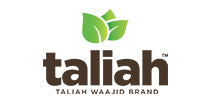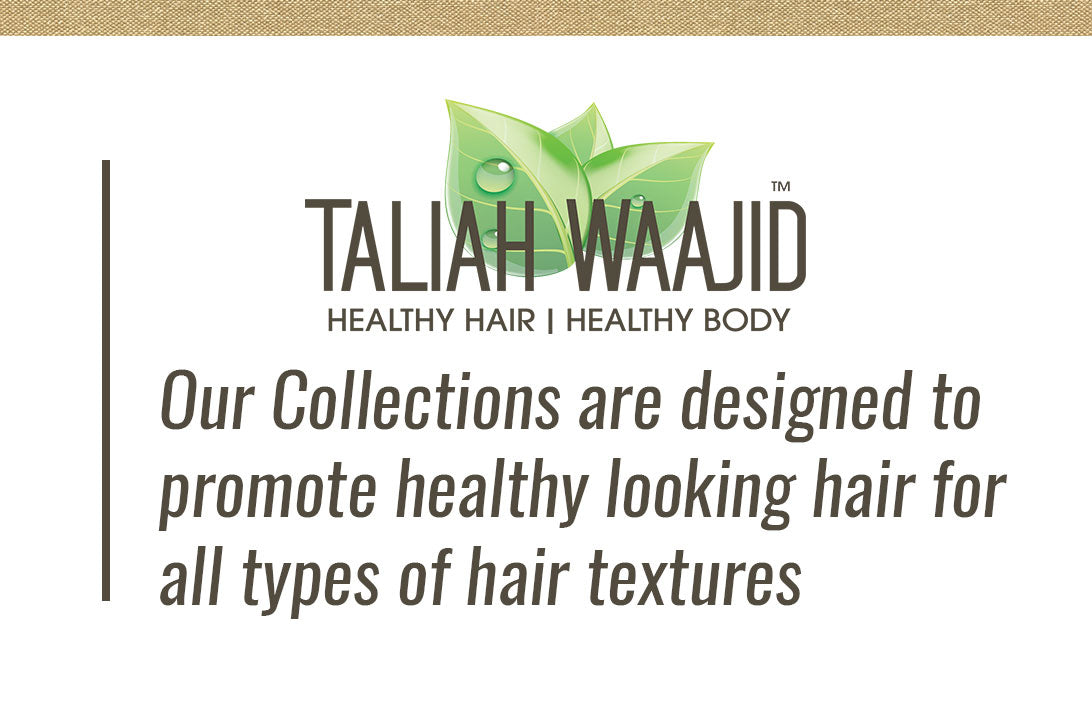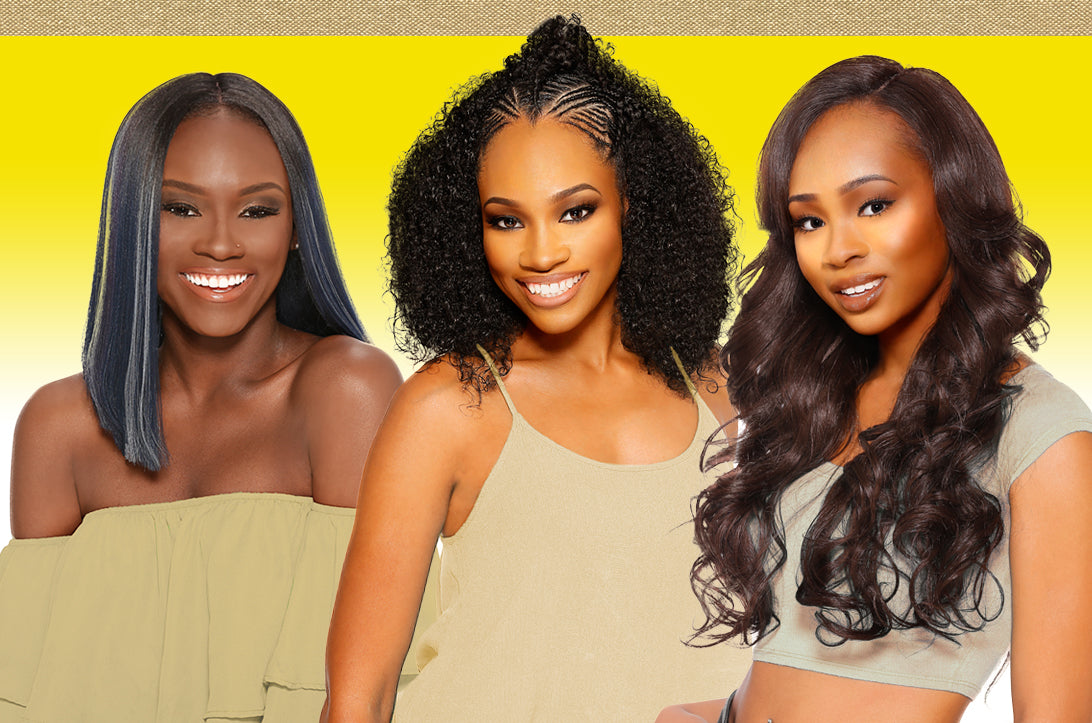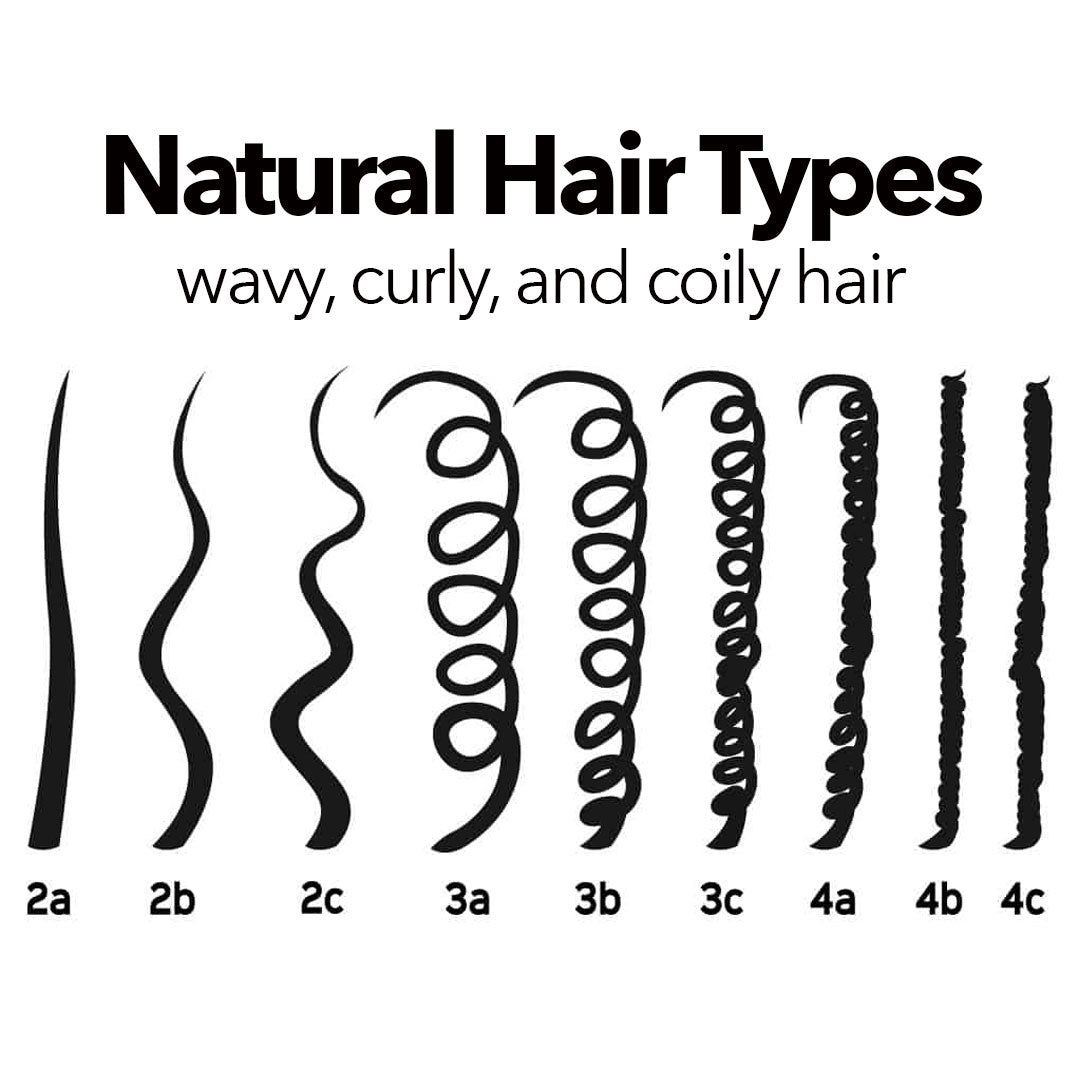Have you ever wondered why natural hair is referred to as such? Doesn’t everyone have natural hair — hair that grows from their head naturally?
While it may seem obvious that you could use this term to refer to anyone’s hair, the context surrounding natural hair will help you understand why it labels a specific subset of people. The term, Natural hair when used on hair care blogs, social media posts, and videos, is referring to curly, kinky, coily hair that is not straightened or loosened with the use of chemicals. These conversations, post are usually referring to black people’s hair in its natural state. –meaning chemical-free. This hair and the care for this hair carries quite a history that goes back as far as before the 1800s. If you’re interested in learning more, so you can properly care for your natural hair, keep reading.
What Is Natural Hair?
Natural hair refers to the natural hair that grows out of the scalp in its curly, kinky, coily state. This hair is also referred to as textured hair because the strands are not straight. Natural hair hasn’t been altered by chemical straighteners, relaxers, or texturizers. When this hair is silk pressed using heat to straighten out the curls, it is still considered natural hair because the hair strands have not been permanently altered. Hair that is properly Silk pressed will return to its natural state after being shampooed. There are several different types of products that are used to care for natural hair. The best products for natural hair have lots of conditioning and moisturizers and are free of parabens and Alcohol. Natural Hair has a curl pattern and Curly hair needs moisture to reach its maximum health.
Natural hair is usually identified and described by the curl type and curl pattern but all curly hair has the same features in common when compared to straight hair:
- Drier and needs additional moisture to thrive
- Difficult to over-condition
- Very Fragile
In the past decade, natural hair styling has had a strong resurgence. Previously, over 80% of women with curly hair chemically altered their hair to be accepted into society. For many decades, Natural, curly/coily hair textures were viewed as unkept and unacceptable in the workplace and in society by many. Now that there is more available information on the benefits of having natural, chemical-free hair, I believe that Natural Hair is here to stay!
Understanding your natural hair can be confusing because there are so many different types, textures and curl patterns of natural hair. The fundamentals of caring for natural hair is the same across the board. That is:
- Keep it moisturized and conditioned
- Comb out while damp and with a leave-in conditioner
- Clip your ends at least every 8 weeks.
- Use a heat protectant when applying heat
Frequent conditioning and moisturizing is a must for healthy natural hair. Using less heat and wearing properly installed protective styles can also contribute to healthy natural hair.
Understanding Your Natural Hair Type
All natural hair curls and textures are not the same. Below are some curl types to consider as you identify your natural hair curl type/pattern
Core types of natural hair: Type 2 (wavy), Type 3 (curly), and Type 4 (coily). These different textures are often described through a number type as well as a letter type.
- 2A: This type of hair is finer with only a slight curl. It’s much closer to a straighter texture.
- 2B: This type of hair stands straight at the roots and forms into waves toward the middle of your length.
- 2C: This type of hair has defined waves and ringlets. It’s coarser than Type 2A and 2B which means it requires more help from heat products and tools if you want straighter hair.
- 3A: This type of hair has well-defined curls with a spiral or ringlet shape.
- 3B: This type of hair has smaller curls compared to 3B hair. The voluminous texture gives your hair a fuller appearance.
- 3C: This type of hair resembles tight corkscrews. If you have a tighter curl pattern and volume, then it’s likely that you have Type 3C hair.
- 4A: This type of hair is considered the most curly pattern type. The curls are very small and tightly coiled. The hair strands for this curl type start to curl the closer to the scalp than the other curl pattern types. (A-C)
- 4B: This type of hair is takes on the same curl characteristics as 4A hair but the curls are smaller, tighter and the hair strands may be a bit thicker. The hair strands for this curl type start to curl the closer to the scalp than 4A curls.
- 4C: This type of hair is the most dense and the most course of type 4’s and all curl types. The curls are extra tight and sometimes have a mixture of zig-zag pattern. strands that are densely packed and are prone to major shrinkage and breakage. This curl type looks strong but is very fragile.
As you learn about your natural hair, you should keep in mind that it’s possible to have more than one type of hair. You may have Type 4A hair framing your face and 4C hair at the back of your hair. Learning to manage your specific hair texture is critical to keeping it healthy.
Natural Hair Care for Types 2-4
So, now you know what type of hair texture you have and it’s time to learn some hair care techniques that can help you care for it.
Type 2
Your hair is wavy. All your hair care products should enhance your waves without weighing them down. Many women with Type 2 hair love to use products like hair mousses and light hair oils so that they can give their curls definition and shine. These products help to tame the frizz and flyways while still maintaining the natural texture.
Type 3
Curly girls often struggle to define their natural hair texture and hydrate their hair adequately. If you have Type 3 hair, you may recognize this struggle. Fortunately, there are products that you can use in your hair care regime that will help tame your locks. We recommend using a moisturizing hair mask along with Curl Elixer creams that will cut down on dryness and leave your hair with extra hydration and defined curls.
Type 4
If you have Type 4 hair, you have some gorgeous curls on your hands. However, these curls are also delicate. Although they may not look it, your hair fragile and is susceptible to breakage. To mitigate this risk, you should use thick, moisturizing products in your daily hair routine. We also recommend using a deep conditioning treatment monthly. This will ensure your hair is protected and treated with products that will give the most for manageable curls. When you have natural hair and curly hair, your hair cannot get enough moisture. Moisturizing products that you add to your hair only strengthen it and reduce the potential for damage and breakage.
Popular Natural Hairstyles and Transitioning from chemicals to natural hair
If you’ve been chemically altering your hair and want to transition to natural hair, there are several hairstyles that you can wear while growing your chemicals out. The most effective styles are ones that include extensions so that the style will last at least a month without having to comb your hair. The less you comb curly hair, the more it will grow. Natural hair is a healthier option for hair care for your hair and for your body. Protective Styles are a great way to ensure that your natural hair stays in good shape while giving it a rest or growing it out. Here are some popular natural hairstyles you should consider.
- Twists
- Braids
- Cornrows
- Afros
- Bantu knots
Protective Styles:
- Braids
- Weaves
- Wigs (hair braids underneath)
There are never-ending options for you if you want to transition from chemical use to wearing your hair natural.
Do’s and Don’ts for Natural Hair
Coloring Natural Hair:
You can color natural hair. I strongly recommend working with a stylist who specializes in coloring hair and understands natural hair. Unprofessional color job can severely damage your hair.
Technically, hair that has been colored is no longer natural but people that have natural hair that color their hair consider their hair natural. People still consider their colored treated hair natural because it is not straightened; they still have curl, coily, wavy hair. If you color your natural hair, you will need to do deep conditioning or apply a Masque conditioner twice a month.
Remember, if this process is not done correctly, you can destroy your curl pattern, so it’s important to work with someone who is experienced with color and natural hair.
Texturing
Texturing treatments have long been appealing to women who seek to make their curls more manageable. Texturizers are chemicals that break down the protein bonds in hair to permanently change the texture. These products have the same active ingredients as relaxers but in lower amounts. Your hair is NOT natural if you use a texturizer. You will have to grow out or cut out all of the texturized hair if you want natual hair.
Heat Styling
Damage to natural hair is very common with heat styling. Hair strands can be burned by using heat on the hair without using a heat protectant and by using too much heat. Whether you’re blow drying or using a flat iron, you must be careful to prevent heat damage by using a heat sealant oil or cream. See the tips below for preventing heat damage:
o Use a leave-in conditioner
o Apply a heat protectant
o Air dry partially before using the blow dryer
o Turn down the heat of the flat iron
o Wrap the hair and sleep on a satin pillowcase
Heat-damaged natural hair will not revert back to curly hair. When you wet your hair, it should return to its natural state. If it doesn’t, it is probably heat damage. Some women believe that the repeated use of heat treatments on their natural hair gives them heat-treated hair because the heat has loosed their natural curl pattern. When natural hair no longer reverts back to its natural curl, it is because the curls have become heat damaged. Heat-trained hair has a different texture than hair that hasn’t suffered “controlled damage.” Although your hair may begin to look naturally straight, it isn’t that way. It’s simply the damage that is altering your curls.
Final Thoughts
Are you in the beginning stages of learning about your natural hair? Have you spent years trying to tame your curls and now you’re ready to love them how they are?
Join the millions of women who are embracing their natural hair and creating natural hair care regimes for their curls, coils and waves. When you treat your hair how it’s supposed to be treated, you’ll see it thrive. It can become longer, thicker and stronger than ever.
Not sure where to start? Read our A Simple Natural Hair Care Regime for Beginners (for Growth).
WRITE FOR US
Think you've got a fresh perspective that will challenge our readers to engage and educate themselves on how to attain a healthier self, hair and skin included? We're always looking for authors who can deliver quality articles and blog posts. Thousands of men and women will read your work, and you will level up in the process.
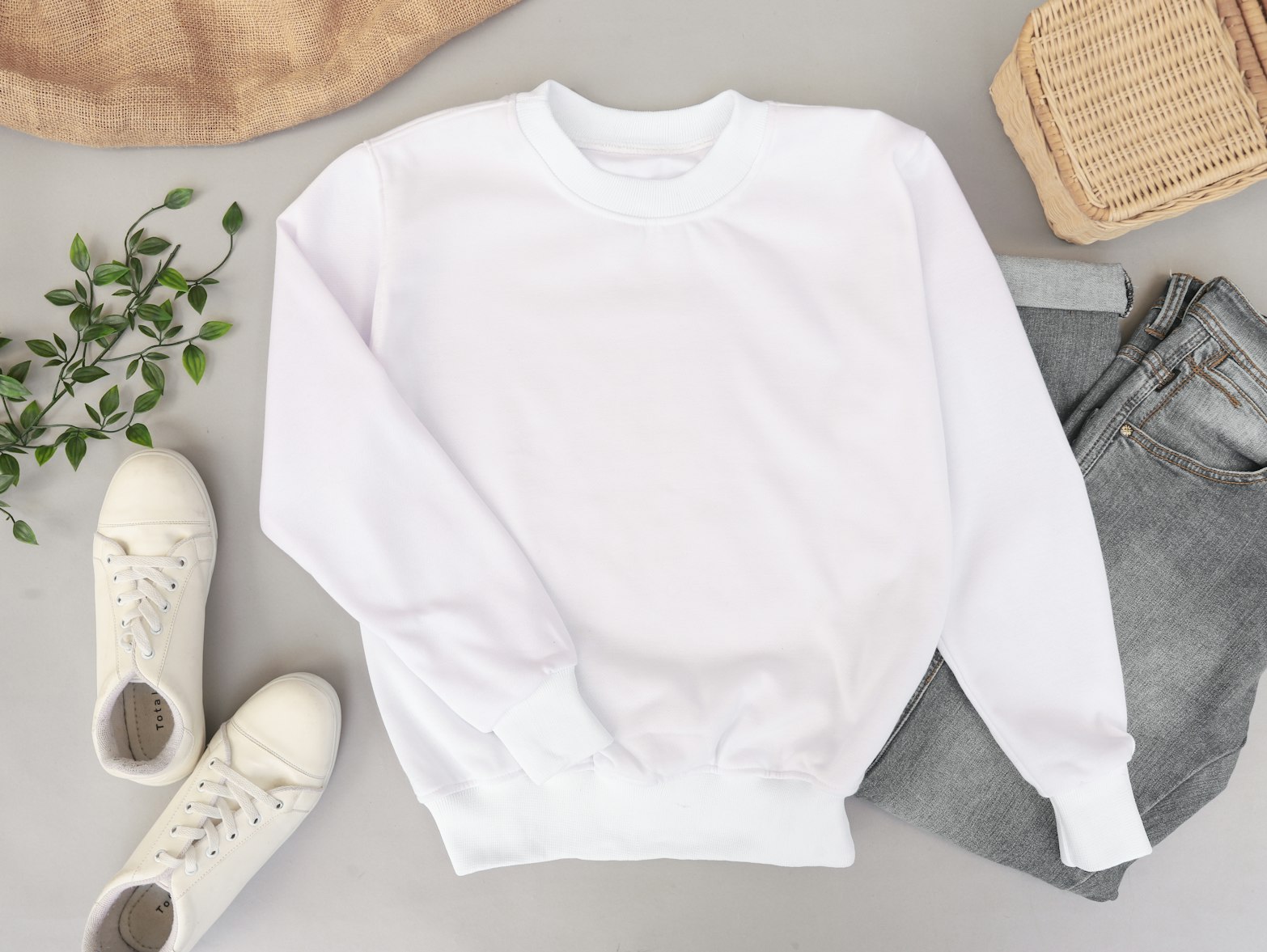
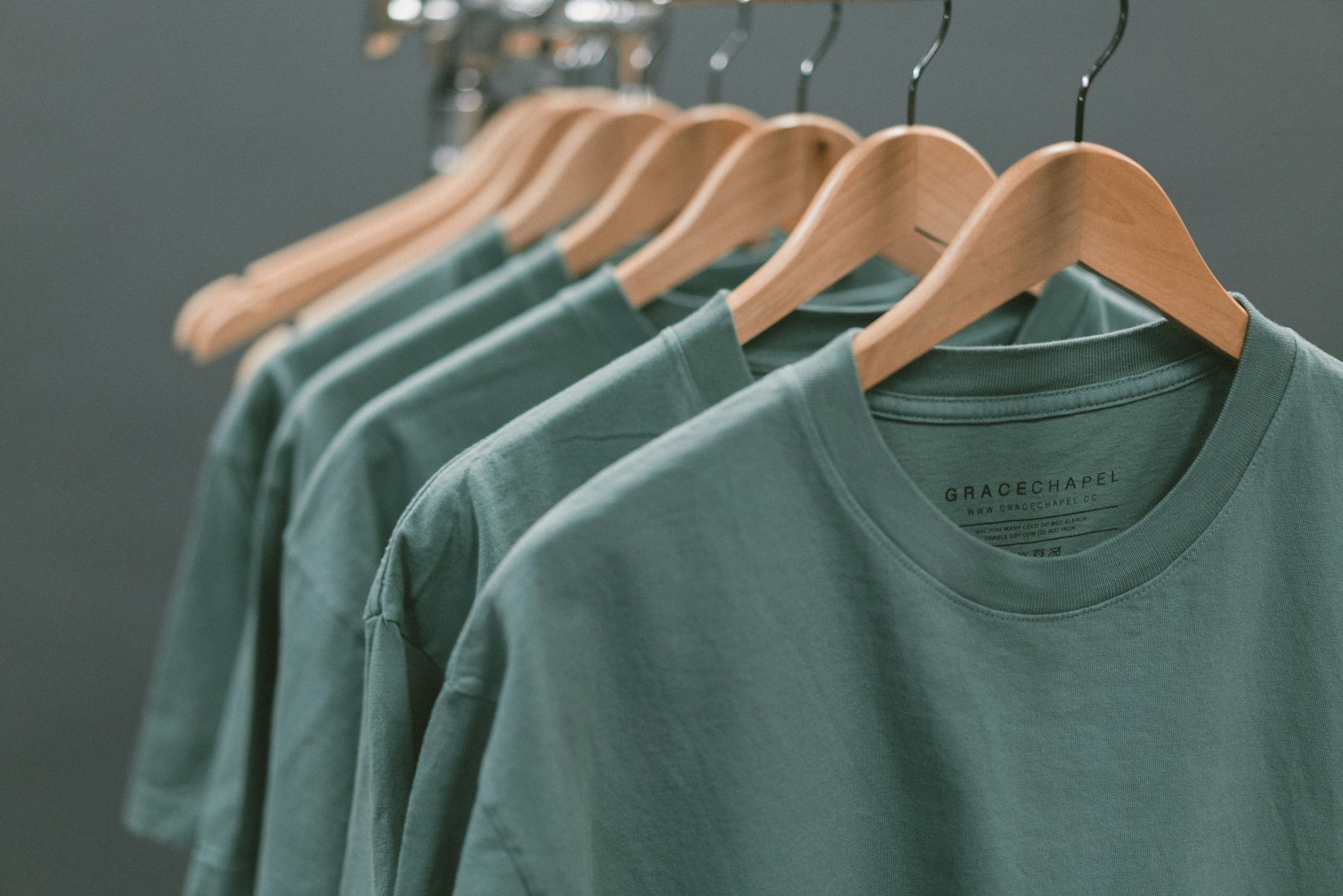
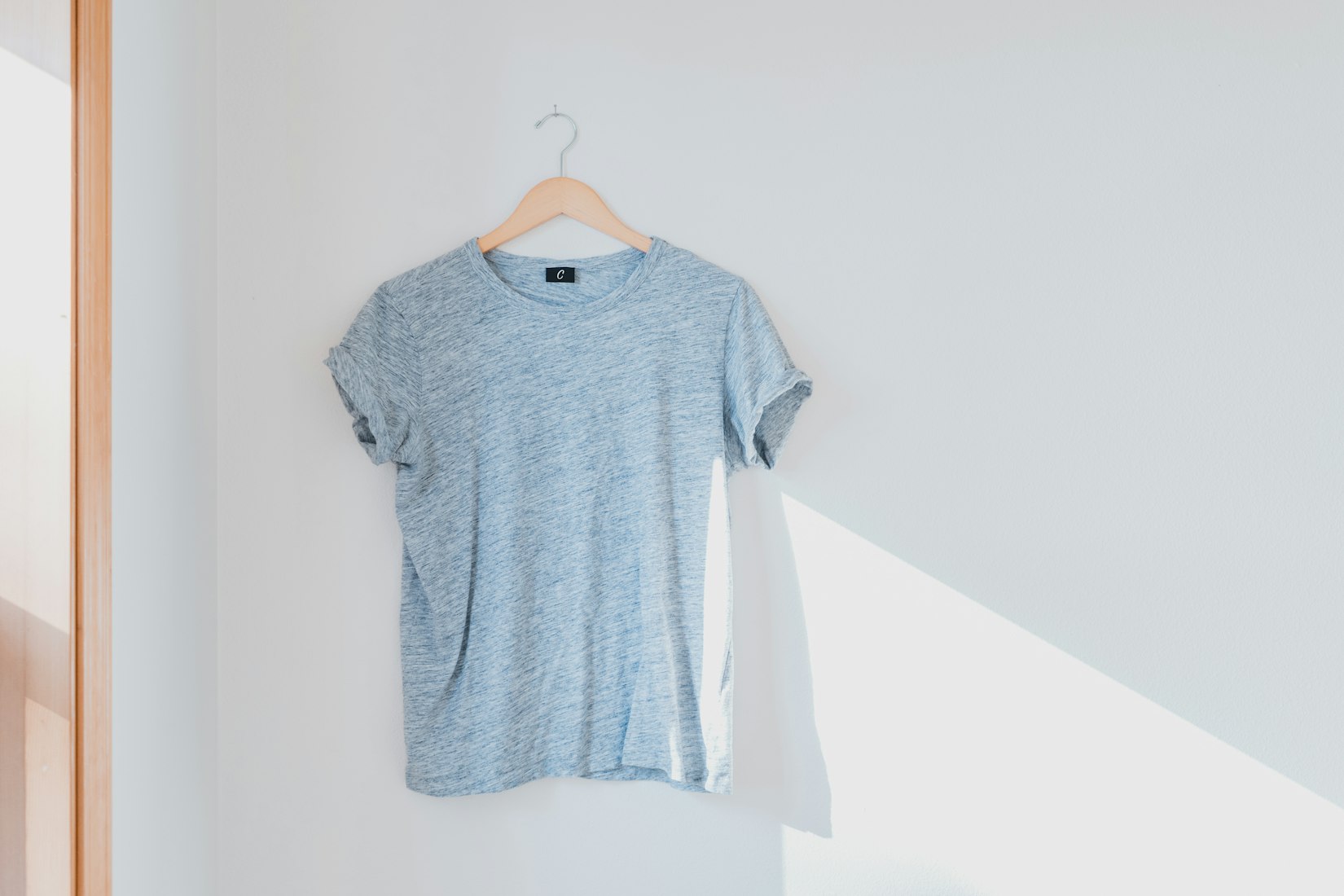
 English
English Arab
Arab